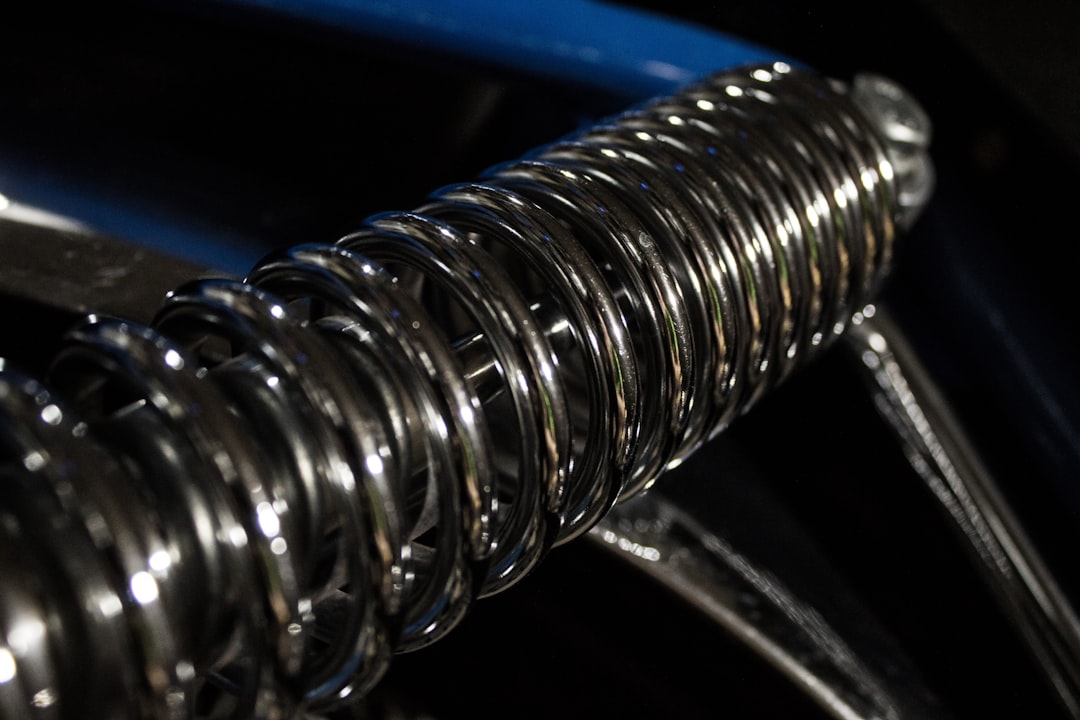What is it about?
lectrospinning was used as an effective route to pattern chitosan (CS) and polycaprolactone (PCL) membranes with submicron fibers having different chemical structure (PCL or PCL/collagen) and physical characteristics (size: between ≈200 and 550 nm; randomly oriented or aligned form). While the PCL fibers with diameters in the same range (≈200 nm) were patterned on both of CS and PCL membranes to evaluate the influence of the underlying membrane chemistry, only CS membranes were patterned with PCL fibers having different sizes simply by changing the electrospinning conditions to investigate the effects of pattern characteristics. Furthermore, collagen was added to the PCL fiber structure to change the chemical composition of the fibers in a cell-attractive way. Two cell lines with different morphologies, fibroblastic MC3T3-E1 preosteoblasts and epithelial Madine Darby Bovine Kidney (MDBK) cells, were cultured on the patterned membranes.
Featured Image
Why is it important?
he cell culture studies indicated that the leading aspect for the morphology change on patterned membranes was the fiber orientation. The aligned topography controlled the morphology of cells both on CS and PCL membranes. In the presence of collagen in the fiber structure, F-actin filament synthesis increased for MC3T3-E1 and MDBK cell lines
Read the Original
This page is a summary of: Chitosan and polycaprolactone membranes patterned via electrospinning: Effect of underlying chemistry and pattern characteristics on epithelial/fibroblastic cell behavior, Journal of Biomedical Materials Research Part A, June 2012, Wiley,
DOI: 10.1002/jbm.a.34287.
You can read the full text:
Contributors
The following have contributed to this page










